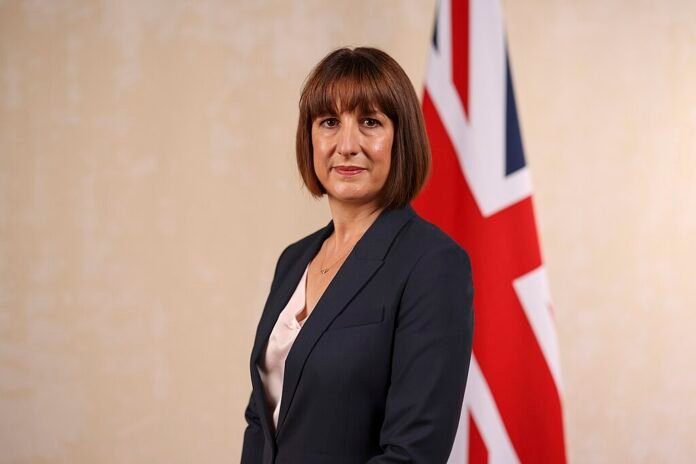Rachel Reeves readies tougher budget with tax rises and spending cuts to shore up UK finances
Chancellor Rachel Reeves is preparing to press ahead with larger tax increases and public spending cuts in next month’s Budget as she seeks to build a substantial fiscal buffer against future shocks. Allies say Reeves believes it is better to take painful decisions now than to return repeatedly to the public with fresh tax hikes later in the parliament.
The scale of the challenge has been sharpened by a productivity downgrade from the Office for Budget Responsibility that analysts say will open a fresh hole in the public finances of between twenty and thirty billion pounds. With that downgrade in hand, the Treasury has received its first private forecasts from the OBR and is debating the shape and scale of the tax rises and the domestic savings that might be needed to close the gap.
Reeves has already left herself with only nine point nine billion pounds of margin against her central borrowing rule. That rule requires the current budget, excluding investment, to be returned to surplus by 2029 to 2030. A thin margin risks breaching that self imposed limit and could push up gilt yields, increasing the government’s cost of borrowing.
Some influential investors have urged the chancellor to build a larger buffer. Andrew Balls, chief investment officer for global fixed income at Pimco, warned that it would be unwise to set off on a long journey with too little petrol. BlackRock has expressed similar concerns. One industry source suggested officials were even considering doubling or tripling the current headroom to protect the finances against future shocks, although a Treasury official said they were looking at increasing the buffer without recognising the idea of doubling or tripling it.
Embed from Getty ImagesMarket sensitivity to fiscal credibility is already visible. Ten year gilt yields have risen from four point two percent to four point seven percent since the election. Michael Saunders, senior adviser at Oxford Economics, argued that expanding headroom could reduce gilt yields by bolstering confidence in the government’s fiscal plans.
Officials told the Financial Times that the Treasury is weighing a package of measures that would combine tax rises with public sector savings. Analysts expect announcements on tax to be substantial, reflecting the shortfall opened up by the productivity downgrade. Exact policy options remain under discussion as ministers seek to balance the need for fiscal repair with the political cost of breaking past pledges.
Political pain could be acute. Reeves faces a credibility test after last year’s Budget, which raised forty billion pounds in taxes and was presented as a one off. Ministers in Whitehall are acutely conscious that another round of large tax measures will fuel criticism from opposition parties and may unsettle voters.
Officials caution that rising yields are part of a broader international trend. They note that gilt yields have drifted upwards across several western economies in the past fifteen months and that the UK’s movement is not unique. Nonetheless, the combination of a productivity downgrade, tight fiscal margins and investor pressure has left the government confronting hard choices ahead of the key autumn fiscal events.
The chancellor’s allies say the aim is stark but pragmatic. By front loading difficult decisions, Reeves hopes to avoid repeated fiscal shocks and preserve room for manoeuvre should the economy face another downturn. Whether that strategy will be politically tolerable remains an open question, and the Budget next month may prove the defining moment of her tenure.
